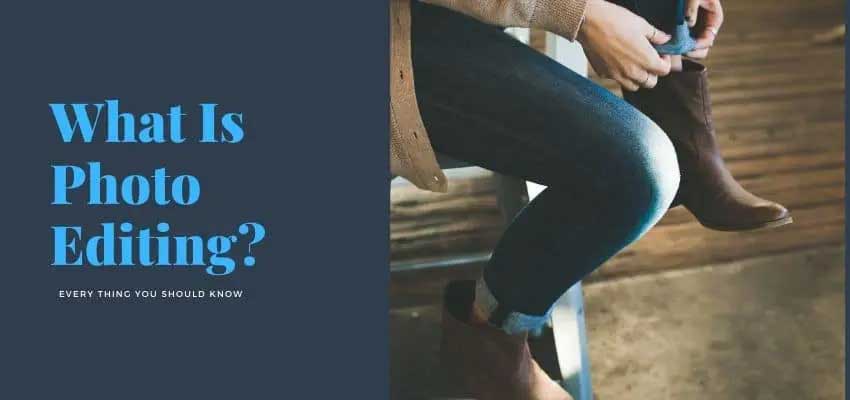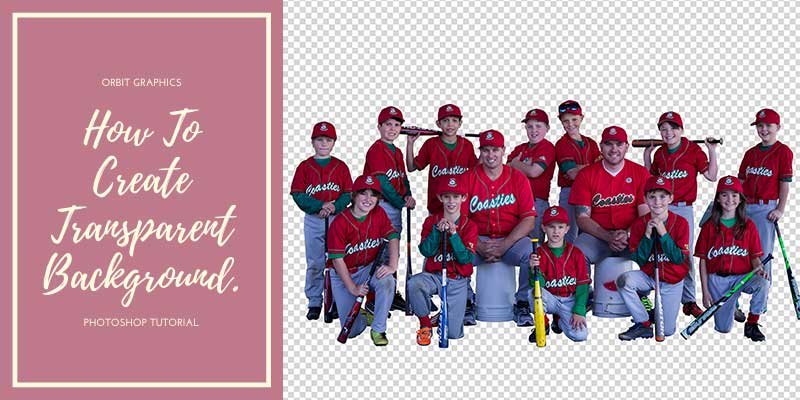Do you want to grow your photography business? You may not be sure where to start. There are many ways to do this, and it depends on what type of photography you offer. For example, if you’re a wedding photographer, then one way is by networking with other local wedding planners and venues. This will help increase the number of weddings booked for your studio. If you specialize in family portraits, one great place to network is at playgrounds or children’s events like birthday parties.
Photography is a creative profession, but it’s also a business. Whether you’re looking to grow your photography business or maintain the one you have, there are many ways to do so. With the right strategy and mindset, it can be more accessible than ever before.
This post discusses how you do that by providing some helpful tips on what to focus on and where to spend your time when running a photography business. These are things like marketing yourself efficiently and effectively, building your brand with consistency in all aspects of branding, including social media channels, developing solid relationships with clients through communication and collaboration, creating an effective pricing structure for different types of jobs, etc.
Build an Online Community.
If you’re a photographer, building an online community is one way to reach and connect with more people. Have you ever wanted to make a community around your art? Join my blog, and I’ll show you how.
-Step 1: Create an account on the blogging platform Tumblr, Facebook, Google+, or Instagram -Step 2: Get followers by following other users and liking their posts. Post photos of your work when appropriate. Share other people’s content occasionally as well. -Step 3: Engage with the people who follow you by replying to comments and asking them questions in return. You may also want to ask for feedback from time to time if it seems relevant to what you’re posting about at the time.
Do The Home Work
The importance of doing homework cannot be stressed enough. Photographers need to do their homework before they go out and buy a camera, gear, or even worse – teach themselves how to use it on the fly. Much time and money go into photography, so it’s important to know what you are buying into. You should always do your research first to ensure that you’re getting what is best for your needs! What works for one person may not work as well for someone else.
If you are a photographer, there is one thing that you can’t afford to do, and that’s skipping the part of doing your homework. You need to know what your clients want before you even show up at their door. That way, when they ask for certain things, you won’t have any problems delivering them. It will also save them from telling you what they want in person, making them feel awkward or embarrassed.
Build and nurture Email List
“Most photographers have heard the advice to build and nurture an email list. But you may not know why it’s so important or how to go about doing it.
“One of the main reasons you want a mailing list is that it provides a way for you to keep in touch with past clients. This is especially useful if they are considering hiring another photographer at some point in time.” “Building an email list also has huge benefits when it comes to marketing your business because it gives you access to people who already like what you do.” “The best part? Building an email list can be quick and easy! You need one more piece.
The more people you have subscribed to your mailing list, the more you can reach out and connect with them about your work. It also gives you a captive audience that will be notified whenever new content is published on your blog or website. But, how do you build up an email list in the first place?
-Ask potential clients for their emails when scheduling meetings so they can receive updates about future projects -Include a brief signup form at the end of every blog post or article on your site
-Post photos from past shoots on social media and include links where viewers can subscribe to get notifications when new posts are published.
Strengthen photography knowledge
Photography is a fun and creative hobby, but it can also be challenging. One of the best ways to strengthen your photography knowledge is to read about other photographers’ work. Here are three blogs that you should follow if you want to take your photography skills up a notch:
1) The Phoblographer – This blog features reviews on new cameras and lenses as well as tutorials for perfecting those all-important Instagram shots.
22) Fstoppers – The latest in professional photography gear with interviews from famous photographers such as Trey Ratcliff, Vincent Laforet, David Hobby, and others.
3) PetaPixel – A mix of news stories and product reviews for photographers looking for something different.
We will be sharing some favorite photography books from the last few years.”
“If you are looking for great books on photography that cover everything from composition tips to post-processing techniques, these are five of the most useful.”
– “The Photographer’s Eye” by Michael Freeman – “A Field Guide to Digital Photography: Creative Strategies for Taking Better Pictures” by Scott Kelby – “Photoshop CS5 One Step Photo Lessons: A Quick and Easy Way To Learn Photoshop CS5 in 30 Minutes or Less!” by David DuChemin – “Photography For Dummies
Send Thank You Notes
“It’s hard to believe, but I’ve had a few people email me recently with questions about how they should handle thank you notes in their photography businesses. They wanted to know if they should send them out after every job or just on the rare occasion when someone does something special for them.”
Sending out thank you notes will not only show your appreciation for the person who hired you but also help build relationships and word of mouth advertising.”
“So next time someone hires you as their photographer, make sure you send them a nice note thanking them and be sure to include some photos from their session!”
This will show your gratitude for the client and help them remember what they loved about their experience with your work. With this simple gesture, you’ll be able to build relationships better and earn more referrals in the future.
Diversify your income
To sustain a photography business, photographers must diversify their income. This can be done by exploring other genres of photography that the photographer is interested in or finding different ways to monetize their work.
One way that many photographers have found success is through stock photo websites such as Shutterstock and iStock. These sites offer royalty-free images for purchase from customers looking for photos on specific topics or themes.
Another way of diversifying income is learning photoshop. It may enable you to do photo editing by yourself. So, you may save money, and it may help you to sustain your photography business longer.
Stay connected with a mentor.
As a photographer, one of the most important decisions you will make is finding a mentor who can guide and help you develop your skills. A good mentor doesn’t just point out what they think are mistakes or flaws in someone’s work-they also provide constructive criticism to help improve their work.
They may even take on some of the responsibilities that would otherwise be too much for an individual to handle themselves, like editing photos or teaching photography courses. Finding a reliable mentor in the photography business can save time and money while providing invaluable feedback on how to grow as an artist.
Stay organized
“As a photographer, you need to stay organized. Why is it important? It’s simple: When you are on the go, you need to have your camera and gear ready at all times. The one thing that will slow down your day is when trying to find something in your bag or studio.”
“It can be stressful when things are not where they should be. Can’t find my filter? Now I have to look through every single compartment of my bag until I find it. This takes up time which could be spent shooting! The organization also helps me keep track of what equipment has been used so if there is a problem with an image later on in post-processing, I know exactly what went wrong.” ”
Organization starts with having a plan for your day and setting goals that align with those plans. The first step is to figure out what needs to get done and set aside the time required for each task. You should then break these tasks down into smaller pieces, so they are more manageable. Having a system for storing information such as client files, equipment, or paperwork will also help you stay on top of things better than if you just left them lying around!



